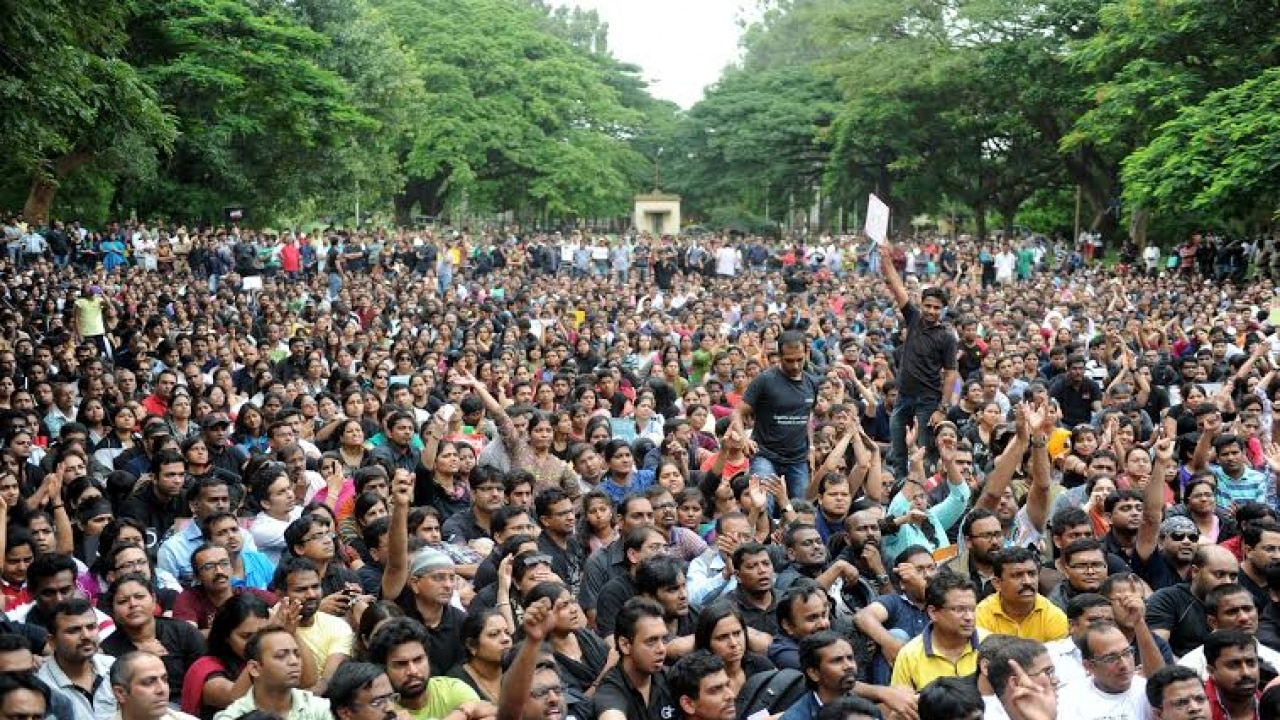
Union health minister JP Nadda’s statement in the Rajya Sabha that India is headed towards population stabilisation is a landmark demographic phenomenon that is looming before a country which has witnessed seven decades of “population explosion”. While we must celebrate this achievement, reached without coercion or a family planning programme in the conventional sense, India’s preparedness to meet this demographic phenomenon, and the socio-economic challenges that it entails, must come under the scanner. According to Nadda, India’s total fertility rate (TFR) — the average number of children born per woman — declined from 2.6 in 2008 to 2.3 in 2013, taking us closer to the replacement level fertility which is 2.1. While Nadda refused to ascribe a target date or year by which this could be achieved, he mentioned that 24 states of the Indian Union have already achieved the 2.1 replacement level, which ensures population stabilisation in these states. However, two among India’s biggest states by population, Uttar Pradesh and Bihar, have TFRs greater than 3, which distort the achievements of a majority of the states.
Nadda’s hesitation to peg a target date rightly stems from the government’s bewilderment over the demographic trajectory taken by these two big states. But leaving these two states aside, there is no doubt that the phenomenon of population stabilisation has set in irreversibly in those which have achieved replacement level TFR. What this indicates is that the demographic dividend, or the presence of young people in the work force, is beginning to peak at least in these states and these states need to prepare for the phenomenon of ageing societies. It is also possible that in many of these states the TFR could fall further below replacement levels and the phenomenon of population de-growth and rapid ageing will be upon us. For a country of 1.25 billion persons like India, population stabilisation may not be such a bad thing. Though we keep using the phrase demographic dividend to highlight India’s economic potential, the reality is that India is having a tough time creating adequate jobs for a large young workforce, which is poorly educated and unskilled. With just 2.5 per cent of the Earth’s land mass, but supporting 16 per cent of the planet’s population, we are burning vital natural resources like water and forests at a rapid pace.
However, unlike ageing societies which are struggling to kick-start domestic demand and sustain economic growth, India’s young population appears to be insulating it from the stagnation that is beginning to roil even countries like China that has grown robustly over several decades. India’s population over 60 years of age is less than 10 per cent of the total population but in absolute numbers is 100 million strong. By 2050, the elderly will make up 20 per cent of the population that could peak at 1.6 billion and number around 300 million. Clearly, new policies are required that factor in this demographic shift. This will translate into infrastructure requirements like old age homes, counselling centres, geriatric health centres and social security schemes offering pensions and health insurance. Further, care-givers like nurses need to be specially trained, besides offering training programmes for counsellors, bureaucrats and law enforcement officials to be sensitive to the needs of the elderly. There is also a need to focus on age-related ailments like dementia, Alzheimer’s and Parkinson’s. The bottom line on India’s progress towards population stabilisation is that the uphill task of job creation and skill development cannot flag even as the State must devote a greater share of its resources on elderly care.